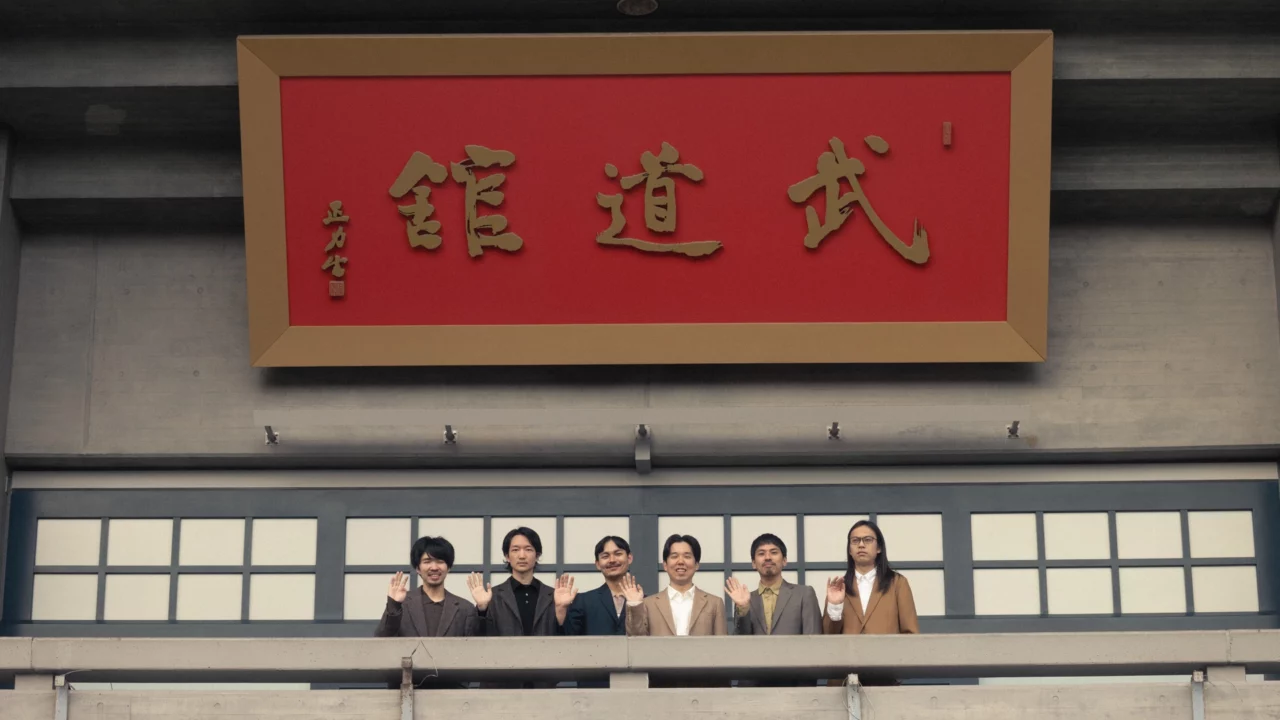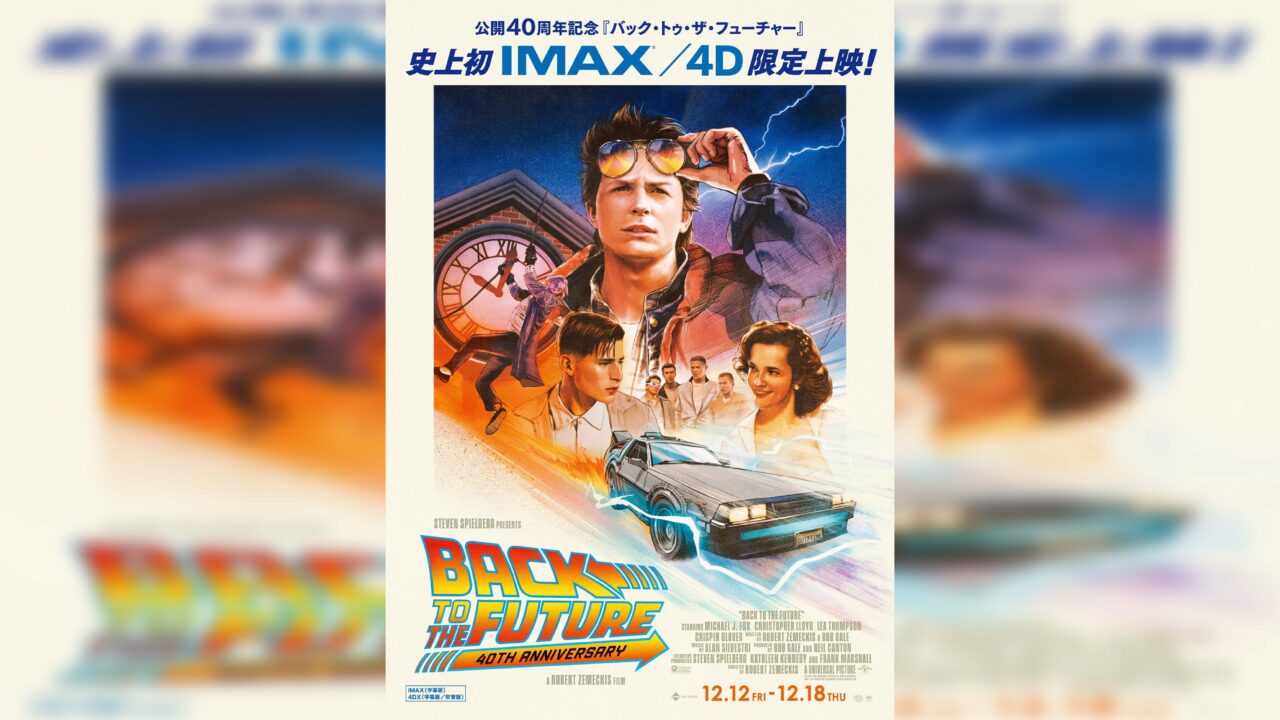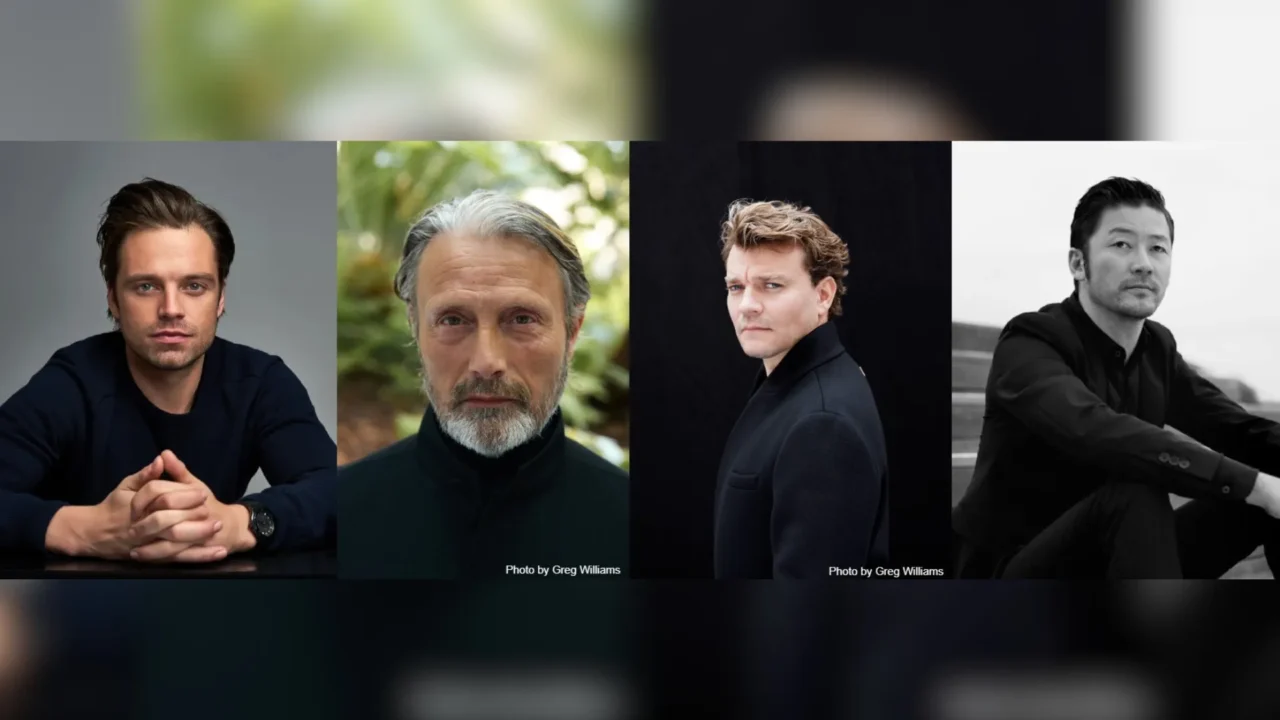In the twelfth installment of the series ” The Selection Makes the Film,” we take a look at the documentary film ‘All The Beauty And The Bloodshed.’
This work, which delves into the life of photographer Nan Goldin and tackles the drug abuse issue she has pursued, has garnered significant attention, winning the prestigious Golden Lion Award (Grand Prize) at the 79th Venice International Film Festival, a rarity for documentaries.
Critics, including Yuji Shibasaki, delve into this work from a musical perspective, exploring the music that reflects the glamorous yet precarious underground culture of 1970s to 1980s New York, the impact of the sudden absence of music, and the underlying horror inferred from the seemingly tranquil home video-like footage accompanied by standard songs.
*This article contains descriptions related to the content of the film.
INDEX
The Opioid Crisis: A Significant Social Issue in the United States
OxyContin, an opioid prescription painkiller developed by the major pharmaceutical company Perdue Pharma and approved by the U.S. Food and Drug Administration (FDA) in 1995, was widely touted as a safe drug that was more effective and less addictive than existing painkillers. As a result, it was prescribed to a huge number of citizens over the next decade or so, but despite its initially claimed safety, it led to the development of a large number of serious addicts. The drug has also caused a string of poisoning deaths due to overdose and other causes, resulting in more than 500,000 deaths across the United States and creating a major problem that has shaken society as a whole.
In 2007, the federal government filed a lawsuit against Perdue Pharma for misrepresenting the dangers of OxyContin, resulting in the company admitting negligence and being ordered to pay approximately $630 million. However, prescriptions for opioid painkillers have not stopped since then, and the number of prescriptions has increased even more, and the smuggling of synthetic opioids has begun in earnest, creating even more addicts.
Although Perdue Pharma has long been a privately held company with no publicly known capital ties behind it, a 2017 article in Esquire magazine revealed that the company is owned by the Sackler family, known for its philanthropy, including donations to museums. Photographer Nan Goldin declared the creation of P.A.I.N. (Prescription Addiction Intervention Now), a citizens’ organization that advocates for improving the state of the opioid crisis. The following year, he contributed an article to Artforum detailing the fact that the Sackler family had been donating profits from their pharmaceutical business to various museums and universities. Since then, P.A.I.N. has been organizing protests at famous museums around the country to denounce the Sacklers’ misdeeds and their hypocritical involvement in the art world. Their activities were sometimes met with odd looks, but they continued to send out messages and achieved steady results as social interest in their activities grew.
‘All The Beauty And The Bloodshed’ is a feature-length nonfiction film about P.A.I.N.’s activities and Goldin’s own life.
The film is directed by documentary filmmaker/journalist Laura Poitras, whose 2014 film Citizenfour: The Snowden Revelations won many awards, including the 87th Academy Award for Best Documentary Feature. Her style, which follows an individual’s courageous fight against the injustices of the big powers, is always profoundly compelling, and in this film, she carefully captures the unwavering conviction of Nan Goldin, an artist and activist.

INDEX
Culture and Music Surrounding Nan Goldin
While the film captures Nan Goldin as an activist today, it also follows her tumultuous journey from the unforgettable trauma of her sister Barbara Holly Goldin’s suicide as a young girl. The film shows how Goldin, an exceptional photographer, began her career and how she developed her artistic identity through her friendships, using archival footage from the 1970s and 1980s and a slide show by Goldin herself. As she moved her base from Boston to New York, she describes the “extended family” of drag queens, gay culture, drag culture, and the punk and no-wave scenes, as well as the communities she spent time in with them, along with valuable testimonies and videos, and gives us a glimpse into the underground culture of the East Coast at that time. It is inevitable that audiences with even the slightest interest in the underground culture of the U.S. East Coast at that time will be captivated by this film. Goldin’s friends and their works are introduced one after another, beginning with her encounter with photographer David Armstrong, actress/writer Cookie Mueller, who is known for her appearances in John Waters’ films, as well as no-wave filmmakers Vivienne Dick and Bette Gordon. Goldin’s friends and their works are particularly important as bearers of the new underground culture of the 1970s and 1980s.

From the perspective of this series, which has focused on the impressive use of pop music in film, we are first intrigued by the series of films that explore the energy swirling around this emerging art scene.
The following is a list of the main songs played by the midpoint of the film. Klaus Nomi’s “The Cold Song,” The Velvet Underground & Nico’s “All Tomorrow’s Parties “, “Sunday Morning”, Suicide “Cheree”, Charles Aznavour “What Makes A Man”, Divine “Female Trouble”, The Marvelettes “The Hunter Gets Captured By the Game “You Can’t be Funky,” Bush Tetras “You Can’t be Funky,” Lizzie Mercier Decroux “Fire,” Janice Marie Johnson “Boogie Oogie Oogie”, Screamin’ Jay Hawkins “I Put a Spell On You”, The Sugarhill Gang “8th Wonder” and others.
The selection is quite broad, ranging from the punk and no-wave music that emerged in the New York underground scene at the time, to songs that were popular in the local disco scene, and even songs from yesteryear that go back in time. These songs are not only excellent as a soundtrack to the era in which Goldin’s career really took off, but also as a reflection of the clear feminist, gay, and queer culture of the time, from the feminist punk band Bush Tetras and Lizzie Mercier Declou, to Klaus Nomi and Divine. Goldin’s own photography resonates beautifully with the mix of songs that embody feminist, gay, and queer culture. The fact that she herself served as a musical consultant for the film makes the connection all the more compelling. In addition, as mentioned in the film, slideshows of her photographs were initially often shown with her own musical selections. The Ballad of Sexual Dependency, a collection of her work that was inspired by Bertolt Brecht’s Three-Penny Opera, was initially shown with music by The Velvet Underground, Charles Aznavour, The selection of music here is also in keeping with this practice, given the fact that her collection, The Ballad of Sexual Dependency, was originally screened with music by The Velvet Underground, Charles Aznavour, Screamin’ Jay Hawkins, James Brown, and Nina Simone, among others.






















